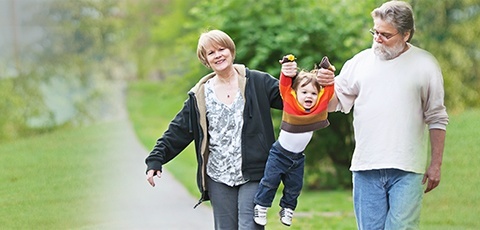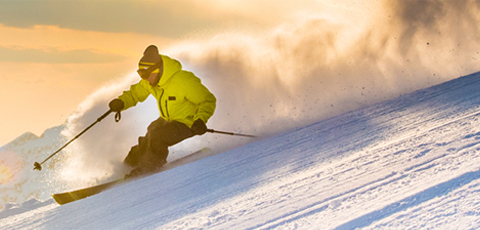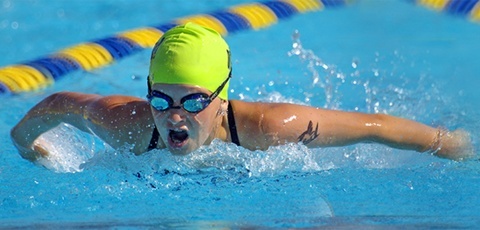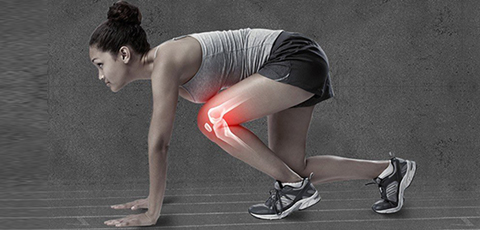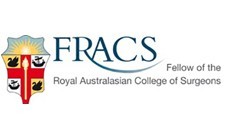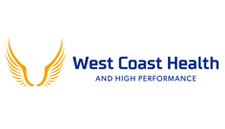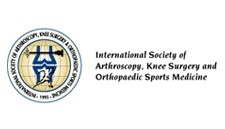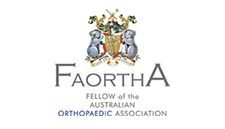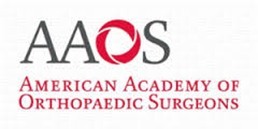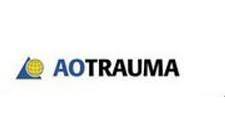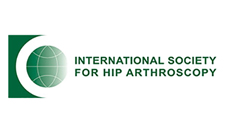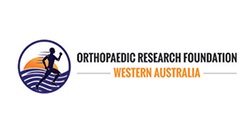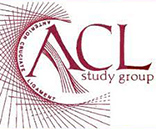Hip Injection Protocol
Post-injection Protocols and Progression Criteria
Phase 1 (Acute Rehabilitation): Weeks 0-2
Goals and General Comments
- Closely monitor signs of irritation and/or overload
- Progressively increase pain-free hip ROM in all planes
- Improve lower limb proprioception, muscular control and activation
- Normalize heel-toe pattern during full WB gait (1 crutch for painful cases)
Plinth Exercises
- Psoas (supine/kneeling/standing) and quadriceps stretching
- Supine hip external rotation with theraband
- Supine bridging (± theraband resistance for isometric hip abduction)
- Ball bridging
- Progress bridging exercises (i.e. single limb and ball bridge variations)
- Prone isometric heel (and gluteal) squeeze
- Prone hip extension (with extended and flexed knee)
- Clam exercises
- Side lying hip abduction
WB Exercises
- Single leg balance and proprioceptive exercises (as pain permits)
- Standing 'weight shift' activities (using slide boards)
- Wall/ball and free standing squats (0-75°) with theraband resistance as tolerated
Cardiovascular
- Stationary 'high-seat' cycling if ROM permits (no-low load), 2 x daily (10-20 mins)
Criteria to Progress
- Well managed pain and inflammatory control
- Good tolerance to load during 'weight shift' activities
- Proficiency in all non-WB and WB exercises prescribed
- Normalized heel-toe gait pattern
- Adequate single limb balance and proprioceptive control (-ve trendelenburg)
Phase 2 (Early Rehabilitation): Weeks 3-4
Goals and General Comments
- Continue Phase 1 activities
- Progress toward full and pain-free hip ROM
- Progressively increase lower limb strength
- Further enhance proprioception, balance and neuromuscular control
- Improve confidence in walking gait, exercises and daily activities
Plinth Exercises
- Side lying knee extension with theraband (in positions of hip abduction)
- 4pt hip extension with theraband
- Supine hip thrust (single leg)
WB Exercises
- Standing hip extension and abduction using therabands
- Full range wall/ball and free standing squats (theraband resistance as tolerated)
- Bosu (unstable surface) squats
- Lunges (theraband resistance as tolerated)
- Step Exercises (step ups and downs, front step downs, lateral drops)
- Progress proprioceptive exercises (i.e. ball throws etc.)
Cardiovascular
- Stationary cycling (duration/load as tolerated), including interval training
Criteria to Progress
- Pain-free hip ROM in all planes ≥90% of contralateral limb
- Proficiency in all non-WB and WB exercises prescribed
Phase 3 (Late Rehabilitation): Weeks 5-6
Goals and General Comments
- Continue variation in Phase 1-2 exercises
- Progressive increase in trunk, core and lower limb endurance and strength
- Progressive increase in lower limb muscular strength and power
Plinth Exercises
- Side and prone bridging
WB Exercises
- Arabesque
- Pelvic drops
- Walking lunges (straight line)
- Lateral (crab) and frontal (sumo) theraband walks
- Single leg squats (ball/wall, free stand, with hip abduction on ball)
- Functional and proprioceptive single limb exercises (e.g. star excursion)
Cardiovascular
- Elliptical and crosstrainers introduced, including interval training
- Jogging - flat surface, straight lines
Criteria to Progress
- Peak isometric hip strength (all planes) using a HHD ≥90% of contralateral limb
- Proficiency in undertaking ≥15 consecutive single leg squats (75-90° knee flexion)
- Performance on the modified star excursion balance test ≥90% contralateral limb
Phase 4 (Advanced Rehabilitation): Weeks 6-12
Goals and General Comments
- Continue variation in Phase 1-3 exercises
- Progressive increase in lower limb muscular strength and power
- Restoration of sound jump, hop and land mechanics
Jump, Hop and/or Plyometric Exercises
- Bilateral jumping exercises (horizontal and vertical)
- Bilateral jumping exercises (with plyometric focus)
- Bilateral jumping exercises (with single limb land ± plyometric focus)
- Side-to-side jumps over box (± additional weight as required)
- Cross directional jumping exercises (clock jumps ± theraband)
- Single limb hop (horizontal and vertical)
- Single limb hop variations (side, 6m timed, triple and triple crossover)
- Varied hop exercises (clock hop, square hop etc.)
- Bench drops (controlled single limb lands)
- Bench drops (with bilateral plyometric jump)
- Bench drops (with plyometric jump and land on single limb)
- Bench drops (with plyometric jump and land on single limb on bosu)
- Bench drops (with plyometric jump and land on single limb with ball)
Cardiovascular and/or Agility
- Running - flat surface, straight lines, backwards, lateral shuffle
- Introduce agility exercises (i.e. T-test, Illinois, Figure-8 runs etc.)
Criteria to Progress
- Sound jump/land mechanics during all jump/hop/plyometric exercises introduced
- Competency and well tolerated return to running activities
- Single limb hop performance ≥85% of contralateral limb
Phase 5 (Agility and Return to Activity-Specific Training): Weeks 12-16
Goals and General Comments
- Continue variation in Phase 3-4 exercises
- Restore lower limb strength and functional symmetry
Cardiovascular and/or Agility
- Advance agility exercises
- Running - unrestricted, cross directional, cutting manoeuvres
Sport Activities
- Sport-specific drills
- Return to training (non-competitive and competitive)
Criteria to Progress
- Competency and well tolerated return to progressive agility drills
- Competent and confident return to non-competitive, sport-specific training drills
- Single limb hop performance ≥90% of contralateral limb
- Peak isokinetic quadriceps and hamstrings strength ≥85% of contralateral limb
Phase 6 (Return to Sport): Week 16 onwards
Goals and General Comments
- Continue to build general fitness, as well as lower limb strength and power
- Successful return to sport
Sport Activities
- Return to sport
- Provision (and competency) of relevant injury prevention program
Criteria to Progress
- Competent and confident return to competitive, sport-specific training drills
Prior to RTS
- Sound patient-perceived pain/function (consider ≥96/100 on the HOS-ADL Score)
- Sound patient-perceived sport capacity (consider ≥80/100 on the HOS-Sport Score)
- Hip ROM in all planes ≥90% of contralateral limb
- Hop symmetry (single, triple and triple crossover) ≥90% contralateral limb
- 16-hop timed agility test symmetry ≥90% contralateral limb
- Modified Agility T-test symmetry ≥90% contralateral limb
- Peak isokinetic quadriceps and hamstrings strength ≥90% contralateral limb
- Sound hop and land lower limb and trunk mechanics
- Successful completion of competitive, sport-specific training drills










